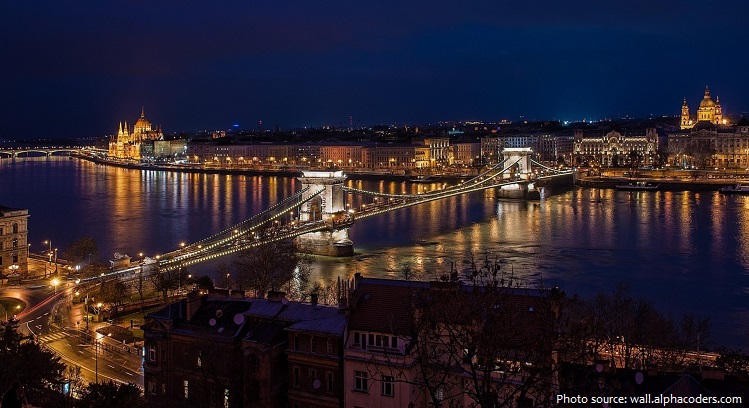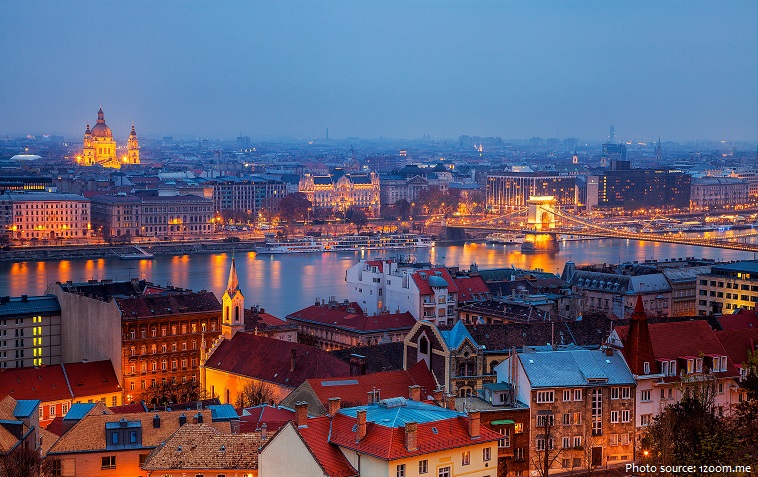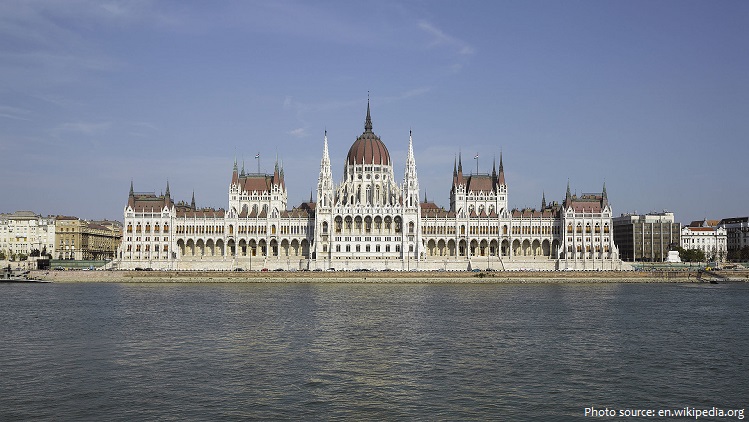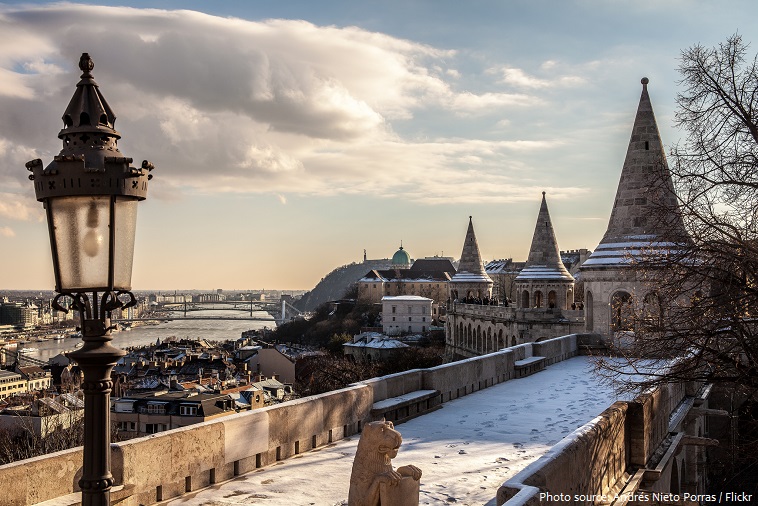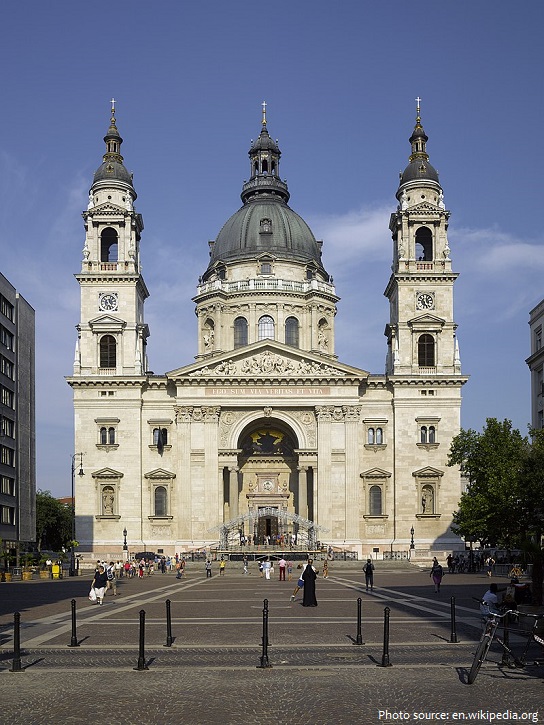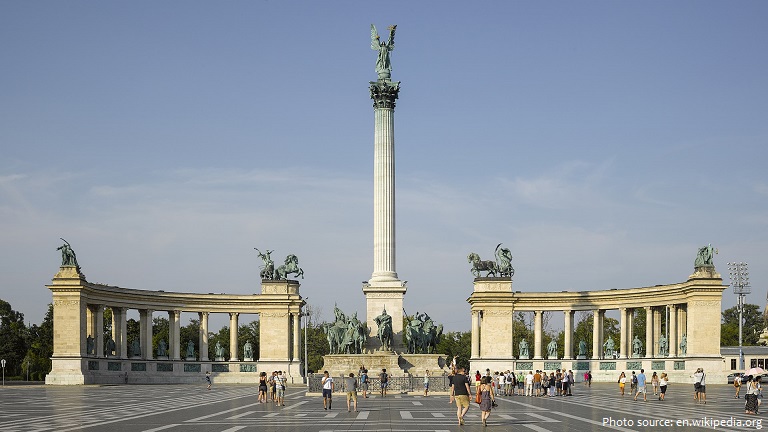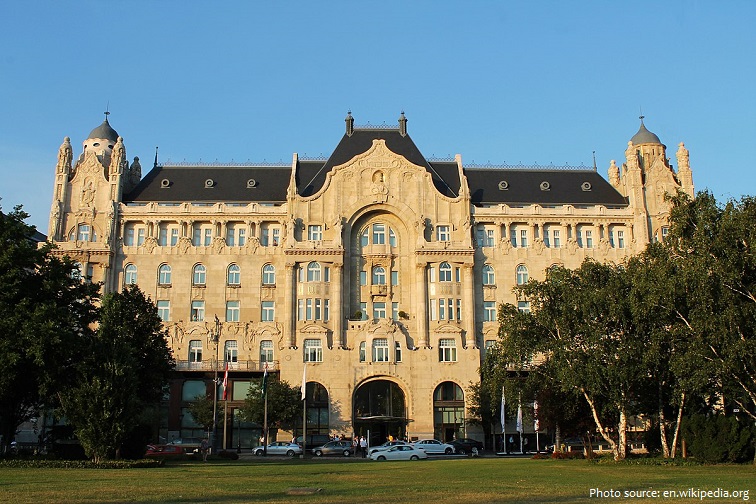Budapest is the capital and the most populous city of Hungary.
The city is situated on the Danube River in the magnificent natural setting where the hills of western Hungary meet the plains stretching to the east and south.
As of April 2018, the population of Buenos Aires is about 1.8 million people.
Budapest has a total area of 525 square kilometers (203 square miles).
Budapest is both a city and county, and forms the center of the Budapest metropolitan area, which has an area of 7,626 square kilometers (2,944 square miles).
The first settlement on the territory of Budapest was built by Celts before 1 AD.
The town was occupied by the Roman Empire who established the fortress and town of Aquincum on the site of today’s Budapest around AD 100, and the subsequent arrival of the Hungarian people. Their conquest of the Carpathian Basin started at the end of the 9th century and the Kingdom of Hungary established on the year 1000.
From around 1300 to the incorporation of 1873, Buda have been the capital of the kingdom for five periods of less than a century each.
Budapest consists of two parts, Buda and Pest, which are situated on opposite sides of the river and connected by a series of bridges.
The origins of the names “Buda” and “Pest” are obscure. The first name probably comes from a derivative of Bod or Bud, a personal name of Turkic origin, meaning ‘twig’ and the second comes from a Slavic personal name, Buda, the short form of Budimír, Budivo.
Budapest is one of the most culturally important metropolises in Eastern Europe and home to numerous UNESCO World Heritage Sites.
Buda Castle is the historical castle and palace complex of the Hungarian kings in Budapest. It was first completed in 1265, but the massive Baroque palace today occupying most of the site was built between 1749 and 1769. The complex in the past was referred to as either the Royal Palace. Buda Castle is a part of the Budapest World Heritage Site, so declared in 1987.
The Hungarian Parliament Building also known as the Parliament of Budapest after its location, is the seat of the National Assembly of Hungary, a notable landmark of Hungary and a popular tourist destination in Budapest. It lies in Lajos Kossuth Square, on the bank of the Danube. It is currently the largest building in Hungary and it is still the tallest building in Budapest.
Overlooking the Danube, where the fishermen’s guild built their defense walls in the Middle Ages, is the impressive Fisherman’s Bastion. The Neo-Romanesque complex of towers, courtyards, colonnades, and walls was built between 1895 and 1902. It’s one of the most popular points in the city for tourists, with its views over the city and the Danube.
Matthias Church is a Roman Catholic church located in Budapest, Hungary, in front of the Fisherman’s Bastion at the heart of Buda’s Castle District. According to church tradition, it was originally built in Romanesque style in 1015, although no archaeological remains exist. The current building was constructed in the florid late Gothic style in the second half of the 14th century and was extensively restored in the late 19th century.
St. Stephen’s Basilica is a Roman Catholic basilica in Budapest. It is named in honour of Stephen, the first King of Hungary (c 975–1038), whose supposed right hand is housed in the reliquary. It was the sixth largest church building in Hungary before 1920. Since the renaming of the primatial see, it’s the co-cathedral of the Roman Catholic Archdiocese of Esztergom-Budapest. Today, it is the third largest church building in present-day Hungary.
Hősök tere is one of the major squares in Budapest. It is noted for its iconic statue complex featuring the Seven Chieftains of the Magyars and other important Hungarian national leaders, as well as the Tomb of the Unknown Soldier.
The Gresham Palace is an Art Nouveau building in Budapest. Completed in 1906 as an office and apartment building, it is today the Four Seasons Hotel Budapest Gresham Palace, a luxury hotel managed by Four Seasons Hotels. It is located along the River Danube, adjacent to Széchenyi Square and the eastern terminus of the Széchenyi Chain Bridge.
The Széchenyi Medicinal Bath in Budapest is the largest medicinal bath in Europe. Its water is supplied by two thermal springs, their temperature is 74 °C (165 °F) and 77 °C (171 °F), respectively.
The city is home to the 2nd largest stock exchange by market capitalization in Central and Eastern Europe, the Budapest Stock Exchange and its business district hosts the headquarters of the largest national and international banks and companies.
Budapest is considered by many to be the “Paris of the East.”
Budapest is a leading global city with strengths in commerce, finance, media, art, fashion, research, technology, education, and entertainment.
The world’s largest geothermal cave system is located underground Budapest. Europe’s largest underground lake also was recently found under Budapest’s Gellért Hill.
The Budapest Metro is the oldest electrified underground railway system on the European continent, and the 3rd oldest underground railway in the world.

